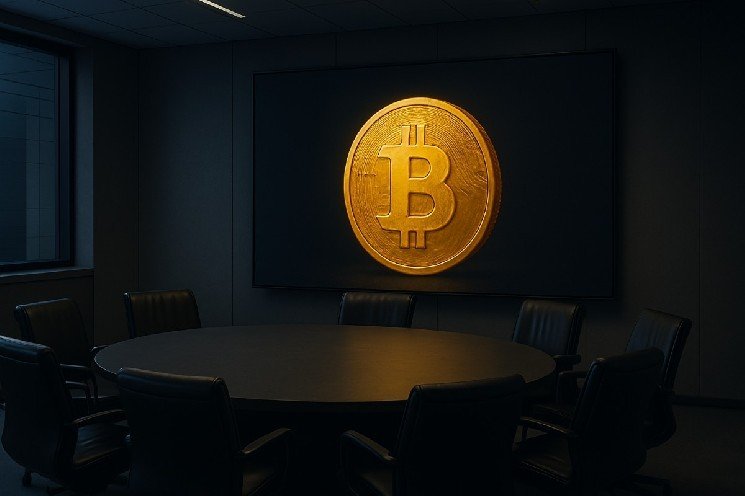Digital asset trading volume in South Korea surpassed its stock market volume in 2024, a report by the country’s central bank has revealed.
South Korean traders are globally renowned for their appetite for high-risk, high-return products, and digital assets fit right into this culture.
According to the report by the Bank of Korea (BOK), the re-election of Donald Trump in the United States in November further fanned the flames, pushing the sector to record highs in the last three months of the year.
The BOK report showed that the combined value of digital assets held by the country’s five main exchanges stood at 104 trillion won ($73.3 billion) as of the end of the year. In South Korea, the top five exchanges—Upbit, Bithumb, Korbit, Coinone, and GOPAX—account for over 95% of the market.
While the $73 billion only accounts for 4% of the $1.6 trillion stock market, digital asset traders were by far more active than their stock trading counterparts. The central bank revealed that in December, daily ‘crypto’ trading volume hit $12 billion, a sharp rise from $2.4 billion in October and $10 billion in November.
In contrast, the combined daily trading volume on the country’s two main stock bourses— the Korean Securities Dealers Automated Quotations (KOSDAQ) and the Korea Composite Stock Price Index (KOSPI)—was $10.7 billion.
Trump’s election in November was a significant catalyst for the spike in trading volume. In the month following his November 5 election victory, the daily trading volume on Korean exchanges averaged $9.4 billion, holding a consistent lead over KOSPI for the first time that year.
The skyrocketing speculative ‘crypto’ trading has sparked concerns among regulators, who fear that most retail traders are unprepared for the sector’s volatility.
“There are doubts about what kind of positive impact virtual assets have on the real economy. Between the two markets, the money should be going to stocks,” commented Kim Byoung-hwan, who heads the Financial Services Commission (FSC).
It’s not just the trading volume. In March, new data revealed that South Korea now has more digital asset traders than stock traders. A report submitted to legislators revealed that over 16 million Koreans hold accounts with the top five exchanges, translating to 32% of the population. In a separate report, the BOK places this number at 18.25 million, or 35% of the population. In contrast, only 14.1 million Koreans held a stock trading account with South Korea’s Securities Depository as of last December.
Local traders have ventured beyond direct trading and are seeking riskier products, including highly leveraged offshore ‘crypto’ exchange-traded funds (ETFs). Last December, a leveraged ETF that promised to provide twice the returns of BTC speculator MicroStrategy Inc. (NASDAQ: MSTR) and another promising twice the returns of BlackRock’s (NASDAQ: BLK) Ether ETF were among the ten most bought offshore securities in the country.
BOK welcomes digital asset innovation, but oversight is non-negotiable
Elsewhere, the BOK says it welcomes digital asset innovation, especially in the payments sector, but cautioned that it will prioritize consumer protection and market stability.
In its 2024 Payments and Settlements Report, the top bank discussed innovations in the payments sector, with digital assets, stablecoins, central bank digital currencies (CBDCs), and blockchain featuring prominently.
On stablecoins, BOK acknowledged that they are no longer limited to ‘crypto’ payments and are increasingly used in cross-border transfers and as a bridge to traditional finance. While USD-pegged stablecoins dominate the market, there has been consistent growth in won-pegged alternatives, which, while better suited for Koreans, can pose greater risk.
“The Bank of Korea emphasizes the necessity of establishing a regulatory framework for stablecoins to ensure monetary and financial stability,” the report said.
BOK highlighted its three areas of concern with stablecoins: redemption guarantees, operational resilience, and the transparency of reserve assets. And while it’s not the primary ‘crypto’ watchdog, the central bank won’t sit on the sidelines and intends to be actively involved in drafting regulations for the sector.
“The Bank is considering deeper involvement in regulatory discussions surrounding stablecoins, especially where their use intersects with domestic financial infrastructure,” it said.
Concern over stablecoins spans beyond Korea. This week, a paper by the European Central Bank (ECB) decried the rise of USD-pegged stablecoins, whose dominance will only increase under Trump’s pro-crypto administration. The paper, which is yet to be made public and was reported on by Politico, advocates for the European Union to amend its Markets in Crypto-Assets (MiCA) framework to deal with the threat. The paper didn’t sit well with the European Commission, which cautioned the regional bank against fearmongering and intruding into its lawmaking jurisdiction.
Watch | From BRICS to Blockchain: How Global Trade and Digital Currencies Are Evolving

Read the full article here
